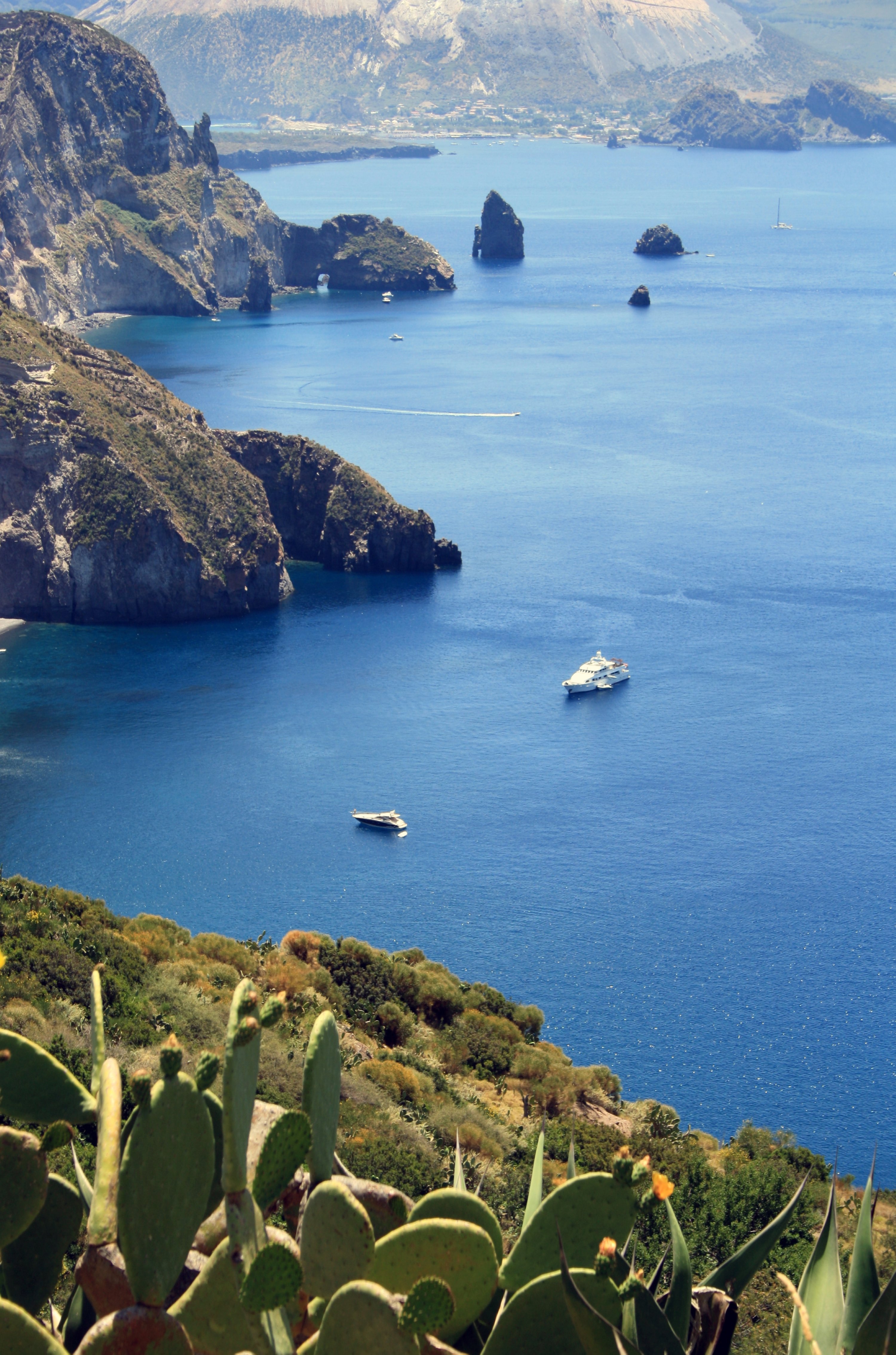In Sicily, many things are different. Even fire and water. In other places, the two elements stand in irreconcilable contradiction to each other.
But on the Aeolian Islands off Sicily’s northeastern coast, the two merge to create a unique landscape, one of lava-spewing volcanoes rising up from glittering blue ocean waves. For German vulcanologist Boris Behncke, the region stretching from Mount Etna in eastern Sicily to the Aeolian Islands in the north is a paradise on Earth. “Each and every day I am living my childhood dream here,” the scientist says.

Behncke works at the Italian Institute for Geophysics and Vulcanology (INGV), which keeps an eye on all the country’s volcanoes. His focus is on Etna and the volcanoes on the Aeolian Islands, an archipelago in the Tyrrhenian Sea that attracts tourists from around the world. Among Italy’s active volcanoes, the real “Show Maker” is the 900-meter-high (2,952-feet-high) Mount Stromboli on the island of the same name, which erupts “with wonderful regularity,” Behncke says.
Sometimes, just a few small clouds of ash rise from the volcano’s crater, as if it was sending smoke signals over to the likewise rumbling peaks of its sister island Vulcano and Etna in Sicily. On other days, you can witness fountains of lava spewing upward into the sky. After an exceptionally strong eruption in the summer of 2019, when one person was killed and several injured by volcanic rocks raining down, tourism excursions to Stromboli were.
















